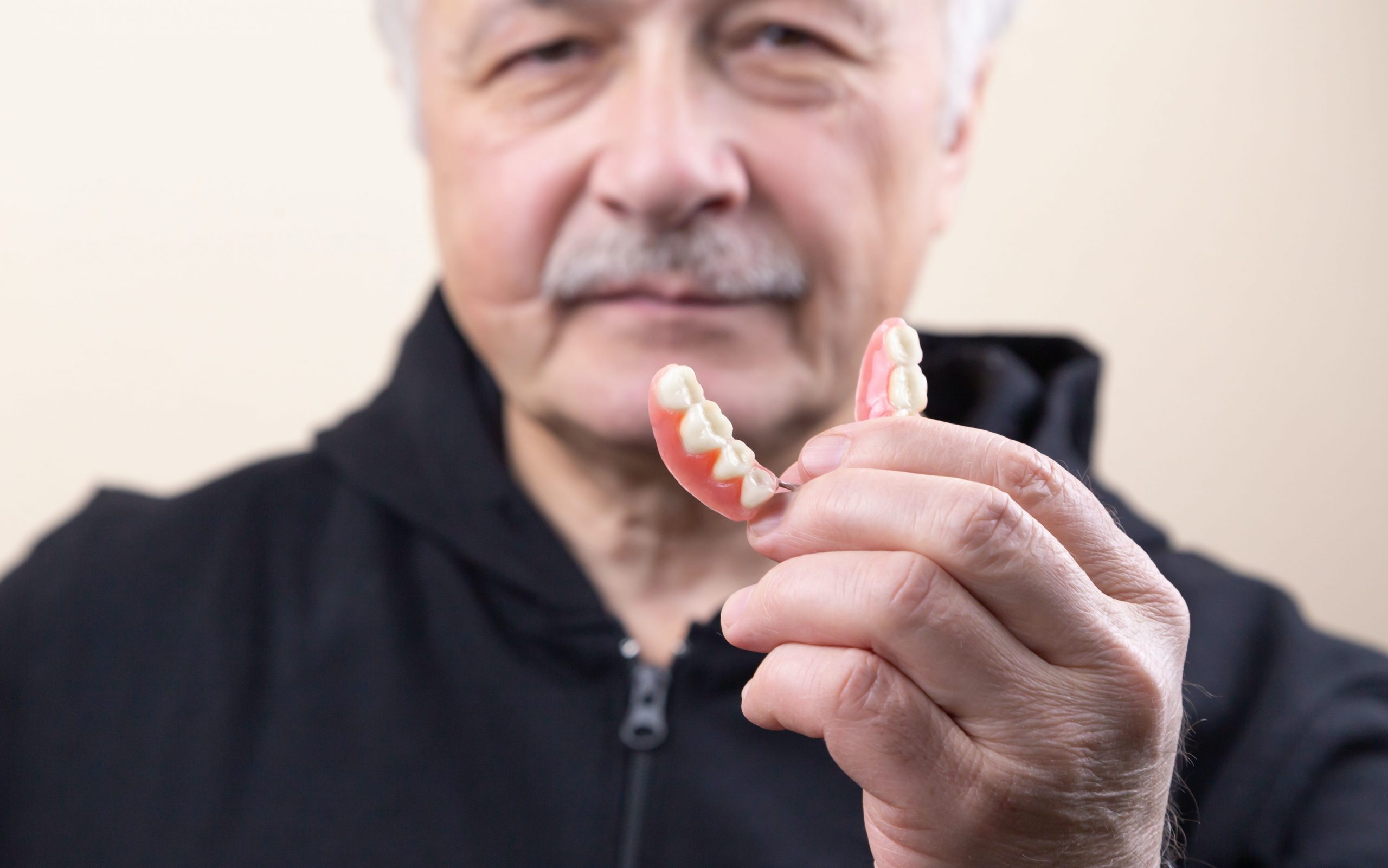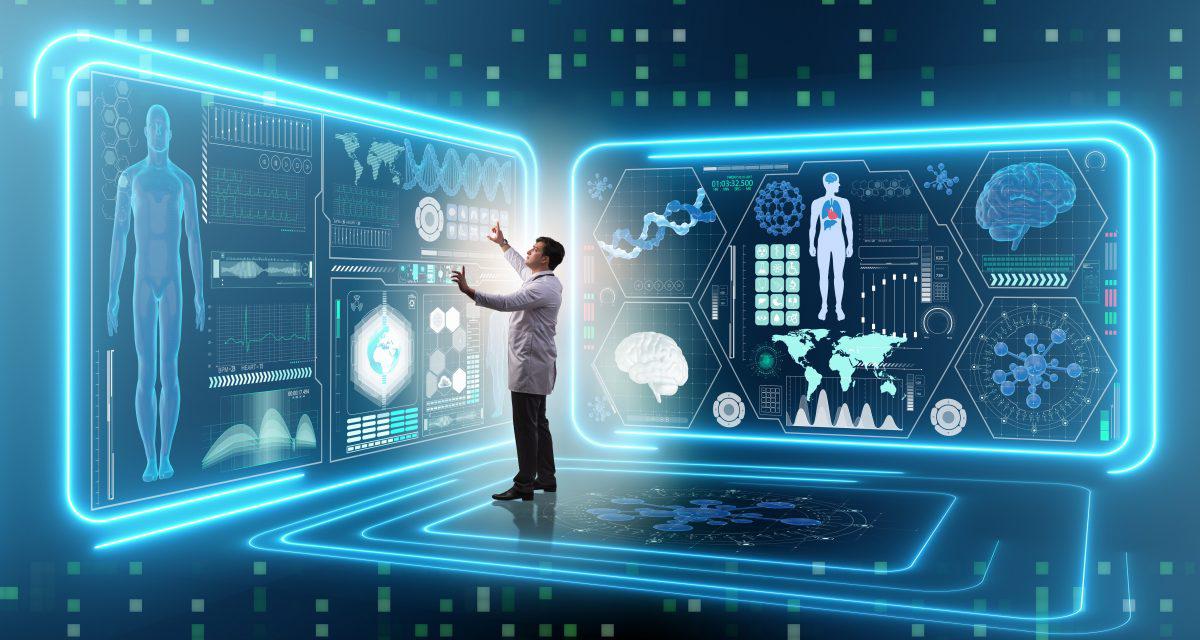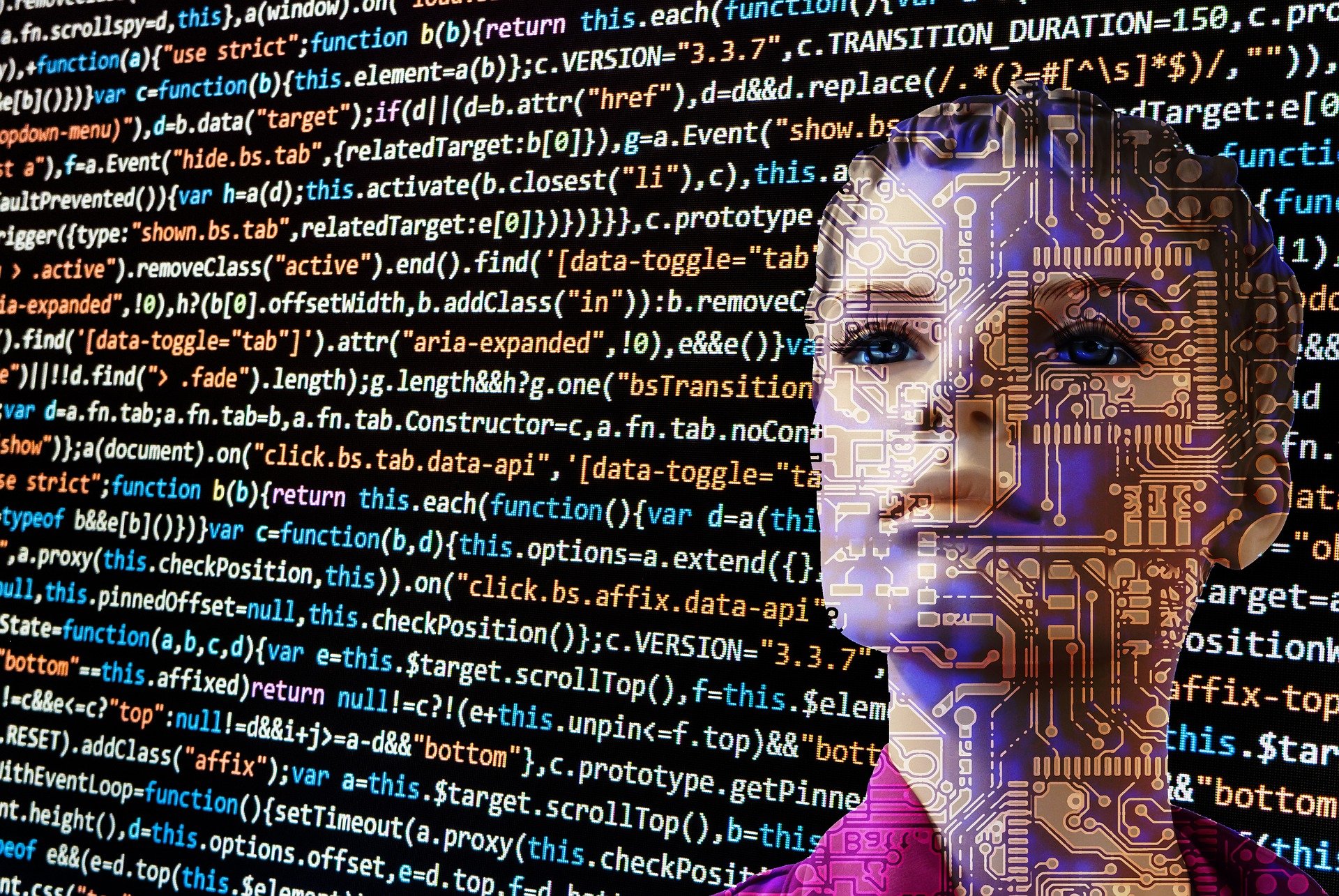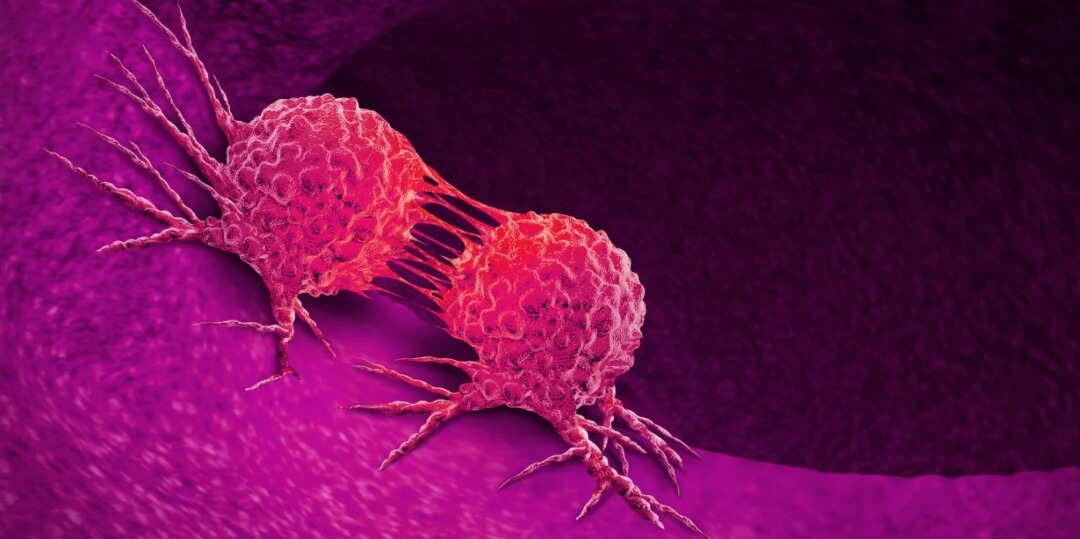
Artificial Intelligence nerve tracking helps anesthesia delivery.
Artificial intelligence has been advancing in fields including anesthesia delivery. This scoping review of the intersection of artificial intelligence and anesthesia research identified and summarized six themes of applications of artificial intelligence in anesthesiology: (1) depth of anesthesia monitoring, (2) control of anesthesia, (3) event and risk prediction, (4) ultrasound guidance, (5) pain management, and (6) operating room logistics. Based on papers identified in the review, several topics within artificial intelligence were described and summarized: (1) machine learning (including supervised, unsupervised, and reinforcement learning), (2) techniques in artificial intelligence (e.g., classical machine learning, neural networks and deep learning, Bayesian methods), and (3) major applied fields in artificial intelligence.
There is, however, an alternative approach to the problem of automating anesthesia, to take advantage of the rapid growth in capability of so-called learning algorithms, the study of which is currently an area of explosive growth in the field of Artificial Intelligence (AI). These algorithms have the ability to learn from experience, or, more prosaically, to be “trained” to perform a task by being shown a large set of example inputs to a problem and the desired responses of the system.
Samsung Medison and Intel are collaborating on NerveTrack, a real-time nerve tracking ultrasound feature that helps anesthesiologists identify nerves in a patient’s arm to help anesthesia delivery quickly and accurately. Leveraging the Intel Distribution of OpenVINO toolkit for computer vision and annotation, Samsung Medison’s NerveTrack can potentially reduce scanning time by up to 30 percent.
NerveTrack was developed based on Intel’s OpenVINO toolkit. It uses inference to detect and identify the location of a nerve area in real time during an ultrasound scan, improving the treatment workflow for anesthesiologists. To train Samsung’s proprietary real-time algorithm that automatically detects nerves in ultrasound images, a significant amount of clinical ultrasound data was required. And with Intel’s OpenVINO CVAT (Computer Vision Annotation Tool), the total volume of training data increased up to 7 times, leading to improved accuracy of more than 20 percent.










